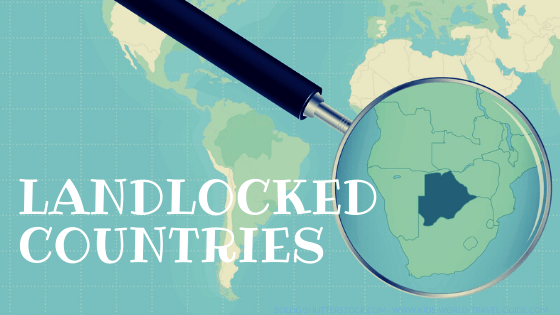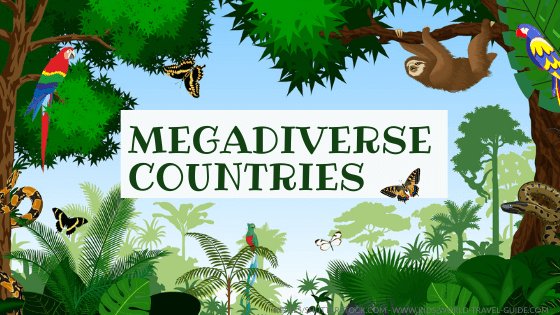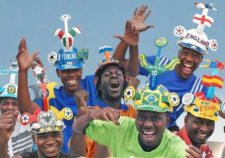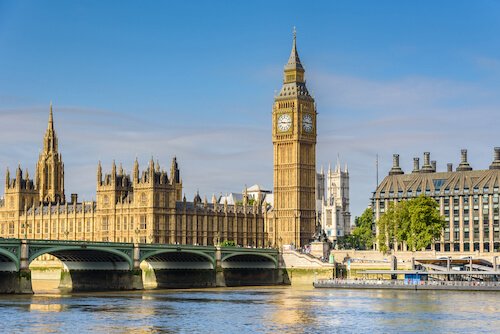- Homepage
- Peru
Peru Facts
Facts about Peru for Kids
Here are some interesting Peru Facts which were chosen and researched by kids especially for kids.

- Population: 33 million people live in Peru (2023)
- Capital: Lima with 10.8 million inhabitants
- Name: Republica del Peru (Republic of Peru)
- Government: Presidential Republic
- Language: Spanish, Quechua, Aymara
- Literacy: More than 94% of the people can read and write.
- Religion: mainly Christians (of these about 60% are Roman Catholics)
- Currency: 1 sol = 100 centimos
- National Symbols: red and white (national colours), vicuna (national bird)
- National Day: 28 July (Independence Day)
Peru Facts | Peru Geography
Where is Peru? Peru is located on the South American continent. Peru is the third largest country of South America. It is completely located in the southern hemisphere.

Peru borders the Pacific Ocean to the west and five South American countries: Ecuador and Colombia to the North, Brazil and Bolivia to the East and Chile to the South.
Peru has three regions: the coastal region (narrow plain), the sierra (Andes region also called Altiplano) and the selva region. Jungle covers 60% of the country.
 Andes landscape
Andes landscapePeru is located on the Pacific Ring of Fire. The country has many volcanos. Ubinas is the country's most active volcano and erupted last in 2009.
The climate in Peru varies from tropical in eastern rainforest region to dry desert in western coastal region. The higher Andes region has a temperate climate.
Peru is slightly smaller than the state of Alaska in the USA - and almost twice the size of Texas. Peru is about twice the size of France.
A flight from London/UK to Lima/Peru takes roughly 15 hours and from New York/USA a flight takes about 8 hours.
Peru Facts | Geo Superlatives
- The capital city Lima is one of the ten largest cities in the Americas.
- The highest mountain of Peru is the Huascarán with 6,768 m/ 22,205 ft.
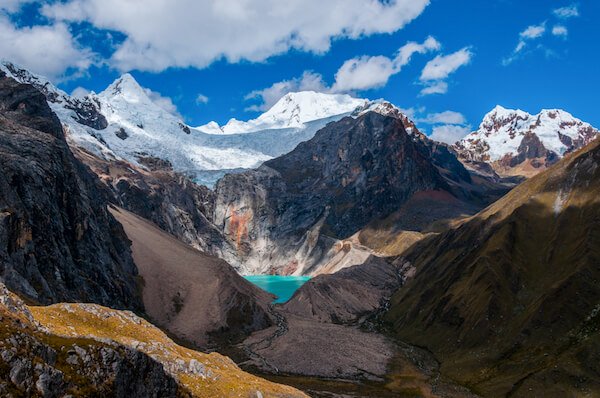 Huascaran mountainscape
Huascaran mountainscape- The largest lake in Peru is Lake Titicaca. It is located high up in the Andes region and Peru shares the lake with Bolivia. Lake Titicaca is the largest lake in South America and the highest navigable lake in the world!
- Peru has a coastline which is 2,414 km/ 1,500 miles long and the coastline is thus longer than the Pacific coastline of neighbouring Ecuador.
- Nevado Mismi, a 5,597 m/ 18,363 ft high peak, is the ultimate source of the Amazon River.
 Amazon River at Iquitos in Peru
Amazon River at Iquitos in Peru- Peru is one of the 17 megadiverse countries in the world.
Peru Facts | Landmarks and Attractions
- Lima: The capital city of Peru is called Lima. This city was once referred to as La Ciudad de los Reyes, which means 'City of the Kings'. Lima was the capital of the Inca and later during the early Spanish colonialisation, the capital of the viceroyalty.
 Lima
Lima- Machu Picchu: The ruins of the ancient Inca empire are located at about 2,500 m/ 7,972 ft high up in the mountain forests.
 Machu Picchu
Machu Picchu- Cuzco: This city is located in the Urubamba Valley in the Andes region. This was once the Imperial City of the Incas located in the Sacred Valley of the Incas. The city still houses many Spanish colonial buildings and is an important UNESCO cultural heritage site.
 Cuzco
Cuzco- Lake Titicaca: The floating islands in the world's highest navigable lake are made from many layers of reed that are constantly refilled and reworked. The Uros people living in the region are known to construct huge figures and floats from reeds to attract visitors to the islands.
 Lake Titicaca
Lake Titicaca- Rainbow Mountain 'Vilicunca': These colourful mountain is located high up in the Andes mountains. The seven colours of the mountain are due to the different minerals in the soil.
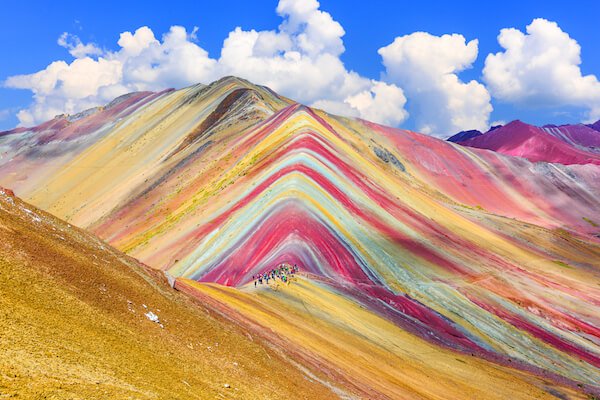 Peru's Rainbow Mountain
Peru's Rainbow MountainPeru Facts | Peru People
Many Peruvians live in the coastal area of the country, especially around the capital city Lima, and the Andes mountain region. Most of the population (78%) live in urban centres. The eastern part of the Andean region and the rainforest area in the east is only sparsely populated.
 Peruvian people
Peruvian peopleThe three largest cities in Peru are:
Almost a quarter of the population (23%) lives below the poverty line. Poverty and income inequality affect mainly the rural population or the indigenous people.
Most Peruvians are of mixed white and native American ancestry, about 60% are referred to as mestizo (of mixed ancestry).
The Amerindian population in Peru makes up about a third of the population. The biggest indigenous group are the Quechua (Kichwa) with 23% of the population.
 Smiling Peruvians - by Karol Moraes
Smiling Peruvians - by Karol MoraesThe official languages of Peru are Spanish, Quechua and Aymara as well as some other indigenous groups. Spanish is widely used in education and the vast majority of Peruvians (over 82%) use Spanish as the main language in daily life, business and government.
Peru Facts | Peru Economy
- The main economic activities in Peru are mining, manufacturing, agriculture and fishing.
- Natural resources include petroleum, gold, silver, copper, iron ore, rare earth metals and hydropower.
- Among Peru's main exports are: copper, lead, since, iron ore, petroleum, natural gas, coffee, asparagus and fish products.
 Asparagus field in Peru
Asparagus field in Peru- Peru's main trading partners are China, the USA, Switzerland, Brazil and Mexico.
- Peru is one of the four countries referred to as the "Pacific Pumas". The economic group of countries at the Pacific coast include also Chile, Colombia and Mexico.
Peru Facts | Food in Peru
Common Peruvian food includes potatoes, tomatoes, corn and legumes. Grains such as quinoa and kiwicha are grown and eaten regularly.
 Peruvian dishes
Peruvian dishesTypical Peruvian food and drinks include:
- Tamales: the potato dough snack is often eaten for breakfast and also a popular snack. Tamales are usually filled with chicken or pork and served with a spicy sauce (salsa)
- Empanadas: a meat stuffed pies that are served all over the region
- Sopa de Quinoa: This soup made with quinoa is a hearty dish and often includes corn and various beans
- Ceviche: raw white fish that has been marinated (and thus cooked) in lime juice, onion, pepper and salt.
- Picarones: this sweet dessert is similar to a fried donut ring that has been dipped into syrup. They are made with squash and sweet potatoes instead of flour and eggs.
 Picarones
PicaronesPeru Facts | Animals in Peru
Peru is home to over 1,700 species of birds, over 500 species of mammals and over 300 species of reptiles. Of the 500 mammal species about 100 are threatened or endangered.
Among the endangered animals of Peru are the Andean bear, the pudu, the jaguar, also known as otorongo and the giant otter.
The vicuna is the national animal of Peru.
 Vicunas in the Andes region near Arequipa
Vicunas in the Andes region near ArequipaDid you know...?
There are over 300 varieties of potatoes grown in Peru. The country's southern region along with the northwestern parts of Bolivia are commonly known as the place where the potatoes were first grown.
Peru Facts | Resources
Resources and further reading for Peru Facts:
- Central Intelligence Agency. "Peru." World Fact Book. 1 March 2023. Last accessed 3 March 2023
- GenteInternational. "Picarones - Peruvian donuts." Perudelights. 24 January 2013. Last accessed 3 March 2023
- Eat Peru. "Peruvian Snacks." EatPeru. 26 May 2019. Last accessed 3 March 2023
- PeruWildlifeInfo. 22 May 2015. Last accessed 3 March 2023
- Traveling and Living in Peru. "17 Animals in Danger." LivinginPeru. Last updated 26 August 2020. Last accessed 3 March 2023
- Melissa Dreffs. " Quechua People: A Living Andean Culture." PeruForLess. 18 May 2020. Last accessed 3 March 2023
Popular Pages
Images on Peru facts page: shutterstock.com and own images
Return from Peru Facts to Kids World Travel Guide Homepage
Competition 2024 is open!

Peru Coat of Arms

More about Countries in
South America
More about
South America
***
***
Popular Countries worldwide
Spread the Word
























